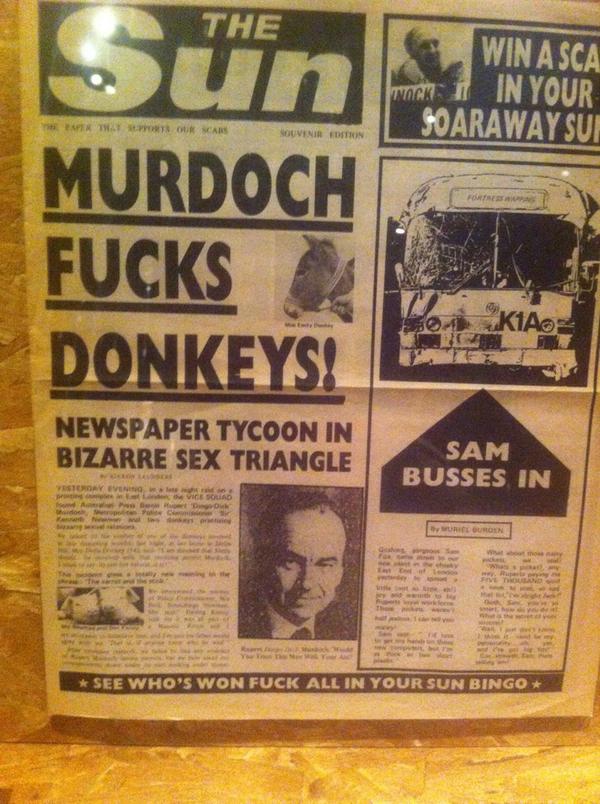I wrote this last year for Metropolitan magazine. The Huguenots of Spitalfields Festival runs from 9-20 July 2014.
Up to 400,000 French people have settled in London in recent years, but this is not the first time the French have moved to London in great numbers. While today’s arrivals come willingly, with passports, bank accounts and mobile phones, those of 1685 were in reluctant flight, arriving with next to nothing. Calling themselves the réfugiés, these Huguenots – the persecuted French Protestant minority – were the world’s first self-described refugees, coming by the thousand to seek sanctuary in London. An adolescent boy with three siblings, including a baby unable to walk. A teenage girl disguised as a man. Husbands without wives. Children without parents. Houses and jobs left behind. They came hidden in salt barrels, pregnant, shoeless and with diamonds sewn into their cloaks. But like many of their modern counterparts, these French arrivals were young and ambitious, bringing with them a sense of adventure and enterprise, ready to transform the city they now called home.

Hogarth’s Huguenots
‘Britain owes a great but barely acknowledged debt to the Huguenots,’ writes historian Lucy Inglis in Georgian London of the biggest French invasion since 1066. The Huguenots brought with them exotic food like oxtail soup, caraway seeds and pickles, new ideas about industry and banking, brilliance in textiles, watchmaking, horticulture and medicine, and enough numbers – as many as 40,000 – to transform the geography of London, pushing it west into the ‘French Quarter’ of Soho, allowing London to become one of the great multinational capitals of the world. Inglis expands on this in conversation. ‘They were real self-starters, that’s what I admire about them, the way they arrived with nothing and just got on with it. A lot of them were very young. They arrived in London and began to make a splash straight away.’

This was the first serious test of London’s toleration of outsiders, and the city took it well, with just a few grumbles about the whiff from the garlic sausages that the Huguenots hung to dry outside their windows. Otherwise, the Huguenots were a sober presence. For decades, the Huguenots had been tyrannised by France’s Catholic majority until a vague equality was established with the Edict of Nantes in 1598. When this was revoked by Louis XIV in 1685, Protestantism was effectively outlawed. Hundreds of thousands of Huguenots ignored a ban on emigration and fled France in their search for religious freedom.
Many settled in the new district of Soho, where Huguenot craftsmen could be close to the gentry of Westminster. Soho’s French character lingered for centuries – even now you can dine at L’Escargot, get cake from Maison Bertaux or pernod from The French House. In 1720, 40% of Soho’s residents were French speakers and one contemporary noted the area ‘so greatly abounds with French that it is an easy matter for a stranger to imagine himself in France’. French currency was accepted by London Huguenots into the 1720s and as late as 1924 a London guidebook would comment, ‘In Soho you may see Frenchwomen shopping exactly as they do in France, bareheaded, as no Englishwomen would.’ Scandalous!

Huguenot church, Soho Square
Just as many of today’s London French work in and around the City, when the Huguenots arrived, most headed to the long-established French Church on Threadneedle Street. London already had a small population of wealthy Huguenots – among them John Houblon, the first Governor of the Bank of England – and they, observing Louis’s despotic behaviour from afar, had been expecting the exiles. A soup kitchen was already established and accommodation secured for pregnant women. New arrivals had often become separated from their spouses so posted their details on a huge board outside the church. ‘It’s a horrible analogy,’ says Inglis. ‘But it was like the aftermath of 9/11.’
The Huguenots descended on a city on the rise. ‘Daniel Defoe wrote about the corruption of luxury, the way people could suddenly afford luxury goods,’ says Inglis. ‘But the Huguenots were plain people, they didn’t wear wigs, perfume or make-up, they had a real dignity and that meant they appeared trustworthy. As a people they were very upright in their business and to a city that was booming, this was quite welcome.’
Not every Englishman responded to this in quite the right way. One was accused of kidnapping an English girl named Christian Streeter, raping her and then having her hair cut ‘in the French way’, such was the appeal of the short-cropped French women on London’s streets. He was eventually acquitted. For the most part, though, the French presence was accepted, even as they set about revolutionising the silk business.

‘The wealthier ones went to Soho and the rest went to Spitalfields and Shoreditch, where they began to set up business as weavers, establishing a factory system and employing a lot of people,’ explains Inglis. ‘They had a massive influence on the earliest part of the Industrial Revolution.’ So many Huguenot weavers left France that the country went from being an exporter of silk to an importer in a few years. Silk was used for clothes, furnishing and wall coverings, and the Huguenots produce huge amounts of the material. The stunning patterns created by one Huguenot designer, James Leman, are now in the V&A Museum. Another weaving family were the Courtaulds, who later founded the Courtauld Insitutute of Art in Somerset House. The weavers, with the fine eye for style of many Huguenots, erected grand-looking houses, most notably along Fournier Street, one of which is now occupied by the artists Gilbert & George.

James Leman textiles
Another London artist, William Hogarth, was still able to reference the Huguenots as a stylish, sober but alien presence in his 1737 etching Noon, completed more than 50 years after their arrival and Inglis notes that ‘until the 1730s they almost exclusively married within the community.’ By 1780, however, the Huguenots were integrated into the London landscape, even adopting English names – Dubois becoming Wood, Roussel become Russell – the first of many groups of refugees who arrived in London with a bang, and then slowly became absorbed into the city’s heaving, evolving mass having altered it for ever.
Georgian London by Lucy Inglis (Penguin) is out now in paperback.





















